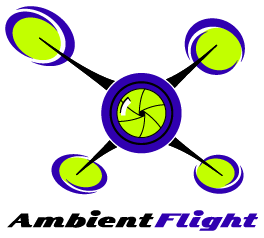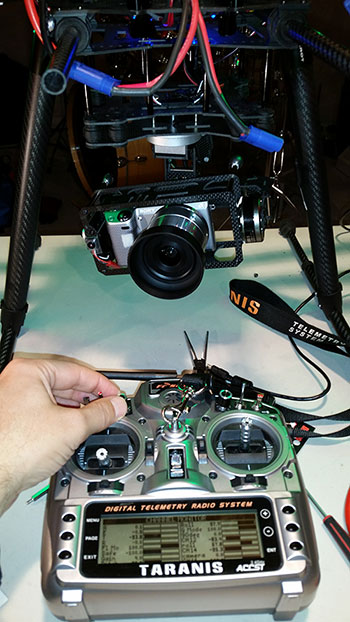

 The 3-axis gimbal (camera stabilizer) on my large hexacopter was tuned and configured fairly well a month or two ago. As winter came, those settings become useless. Cold temperatures muck up the accelerometer and gyroscope and the footage is unusable with the vibrations and big horizon shift.
The 3-axis gimbal (camera stabilizer) on my large hexacopter was tuned and configured fairly well a month or two ago. As winter came, those settings become useless. Cold temperatures muck up the accelerometer and gyroscope and the footage is unusable with the vibrations and big horizon shift.
In the last post I devised a way to counteract the horizon shift, or what is called “roll” in the gimbal. When the gimbal started up a few degrees off, I had a knob on my remote to trim it to level it out. Great. That worked, until the copter turned or banked. Then the horizon would be off again. I can work around it if I’m doing separate “runs” of a target, or shooting stills. That may be the only option in the cold. Or perhaps I need to do a full calibration with my computer and copter out in the cold.
Since the roll fix, and subsequent other issues appeared, I’m now in the pandora’s box scenario. I’ve been in gimbal tuning hell. I’m learning more though, and hopefully the end result (which is hard to envision right now), will be the highest quality aerial photos and video possible.
I’ve repositioned my FPV (first person view) antenna on my hexacopter. Previously the antenna was located to the under-back of the bird and whenever the copter was facing me the video signal would be lost. After some consideration, I decided to try one of the side arms of the copter.
You can see the antenna on the right, hanging from the arm.
This has been a much better solution and my FPV video signal drops have been greatly reduced, if not eliminated. When turning around I can make sure to turn counter-clockwise and I’ll never lose the signal due to parts of the copter blocking it.
Entertaining video. I hope I’m not in one of these. My favorite spots are 14:30 and 23:05.